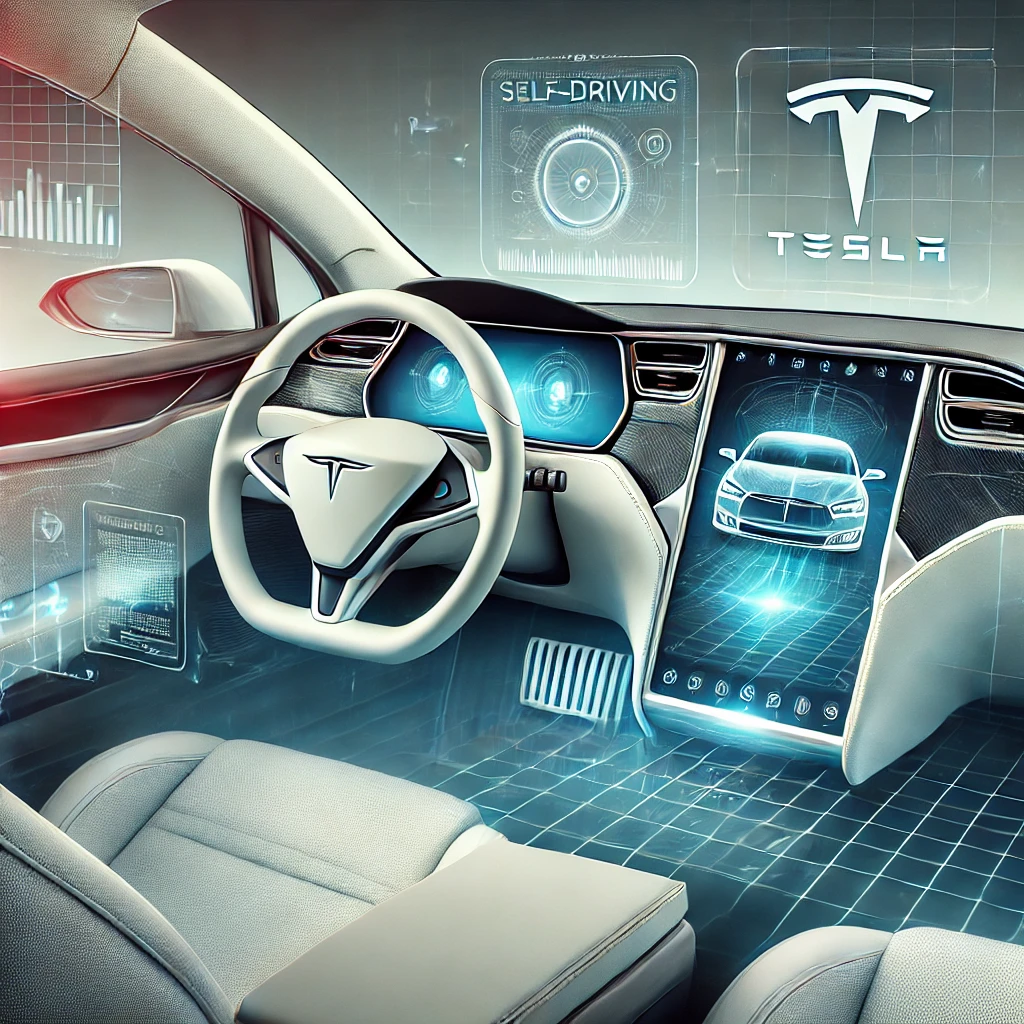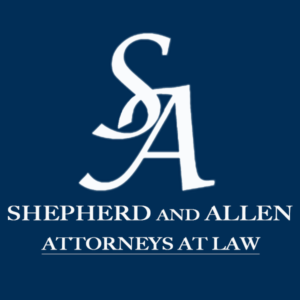Tesla Autopilot Lawsuit
Families of victims and safety advocacy groups have filed lawsuits against Tesla, alleging that its Autopilot feature failed to prevent accidents that resulted in serious injuries and fatalities. The lawsuits claim that Tesla misrepresented the capabilities of its self-driving technology, creating a false sense of security among drivers. Plaintiffs argue that the company’s marketing materials encouraged unsafe practices by overstating the system’s autonomy.
These legal actions follow several high-profile incidents involving Tesla vehicles operating on Autopilot. Critics argue that Tesla’s approach to testing and deploying self-driving technology prioritizes innovation over safety, putting drivers and pedestrians at risk.
Is the Case Strong? The lawsuits against Tesla are backed by crash reports, expert analyses, and internal communications allegedly showing that the company was aware of limitations in its Autopilot system. Plaintiffs highlight instances where the system failed to detect obstacles, leading to avoidable collisions. Safety experts have raised concerns about Tesla’s decision to release beta versions of its Full Self-Driving (FSD) software to the public without adequate safeguards.
Tesla, however, denies these allegations, asserting that Autopilot is an advanced driver-assistance system (ADAS) that requires active supervision by the driver. The company argues that drivers are explicitly warned about the system’s limitations and that misuse, rather than technical flaws, is responsible for most accidents. Tesla’s defense will likely focus on user responsibility and the comparative safety record of its vehicles.
Legal experts note that the outcome of these cases will depend on whether plaintiffs can demonstrate a direct link between Tesla’s marketing practices and driver behavior. If the court finds that Tesla misled consumers or failed to address known safety risks, the company could face significant penalties and regulatory scrutiny.
Who Should Bear Responsibility? Responsibility for ensuring the safe deployment of self-driving technology lies with Tesla and other automakers. Companies must rigorously test their systems, provide clear instructions to users, and address safety concerns proactively. Misleading marketing practices that overstate a system’s capabilities undermine public trust and endanger lives.
Regulators also have a critical role to play in establishing standards for self-driving technology. Current regulations vary widely across jurisdictions, creating confusion and gaps in oversight. A unified regulatory framework could help ensure that automakers prioritize safety while advancing innovation.
Drivers, too, bear responsibility for using advanced driving systems as intended. Public awareness campaigns can help educate consumers about the limitations of self-driving technology and the importance of remaining vigilant behind the wheel.
The Tesla Autopilot lawsuit raises important questions about the balance between innovation and safety in the automotive industry. As self-driving technology continues to evolve, ensuring its safe and ethical deployment is paramount. These lawsuits could lead to stricter regulations, increased transparency, and improved safety measures for advanced driving systems.
For Tesla, addressing these concerns proactively could strengthen its leadership in the autonomous vehicle market while rebuilding consumer trust. By prioritizing safety and accountability, the company can set a positive example for the industry.
Ultimately, this case underscores the need for collaboration among automakers, regulators, and consumers to ensure that technological advancements benefit society without compromising safety. The lessons learned from this lawsuit will likely shape the future of self-driving technology and its integration into everyday life.


